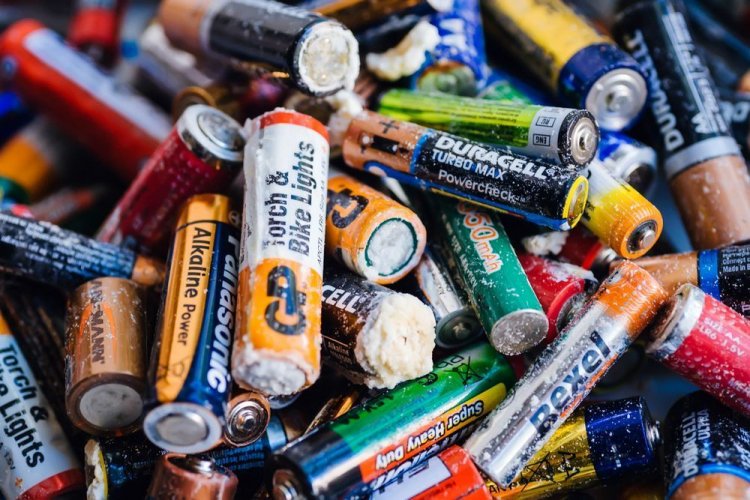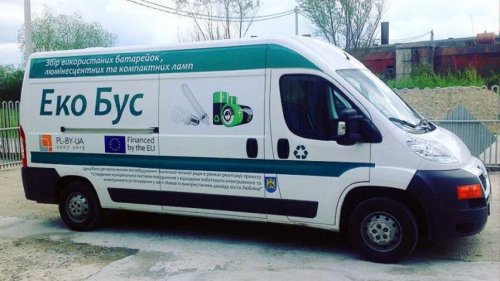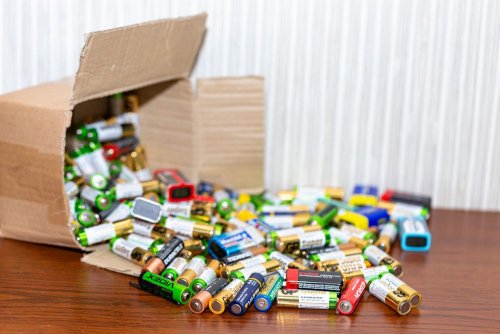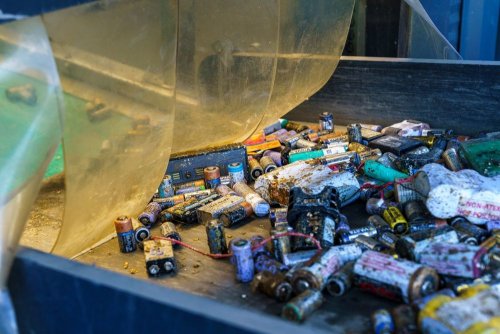The European Commission has published new rules for calculating and verifying the efficiency of recycling and recovering materials from used batteries.
They were published on the official website of the European Union.
The new rules are aimed at supporting a circular, sustainable, and competitive economy. It is expected that thanks to them, the materials used in batteries will remain in the economy longer and thus prevent the creation of excess waste.
The goal of these rules is to ensure the high-quality recycling and recovery of materials from used batteries, especially those containing critical and strategic raw materials. They establish a clear and consistent calculation method for recyclers. With their help, the European Commission wants to prevent unfair competition in the market for secondary raw materials from used batteries in the EU.
The methodology for measuring recycling efficiency quantifies the total volume of recycled materials. It was developed for batteries containing lead-acid, nickel-cadmium, lithium, and other materials. The material recovery assessment process is specifically designed for critical raw materials such as cobalt, copper, lithium, and nickel, as well as lead.
To support the consistent application of the calculation rules, the EU has also introduced a harmonized format for the documentation that recyclers will submit to the authorities of EU member states.
The newly created methodology will come into force on July 24, 2025.
The European Commission believes that batteries play a crucial role in promoting the “green transition,” supporting sustainable transport mobility, and achieving climate neutrality by 2050.
EcoPolitic recently reported that EU governments are missing the deadline for financing an affordable “green transition.”




